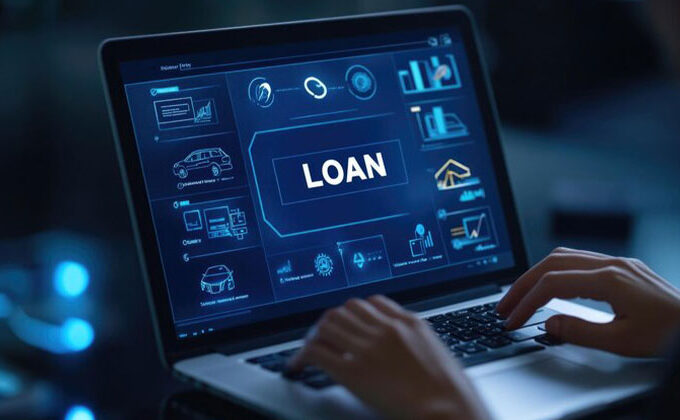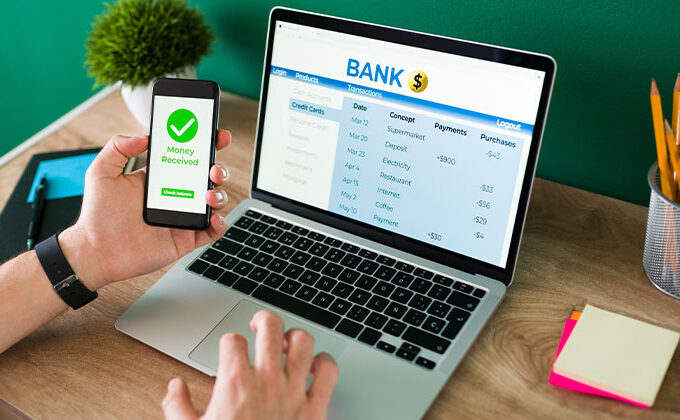What are Flex Loans?
Flex loans are a line of credit that provides access to cash quickly. Your lender sets the credit limit, and you may borrow up to that limit as with a credit card. Your lender charges interest on whatever amount is taken out, usually at an extremely high interest rate.
How do Flex Loans Work?
With a flexible loan, you can take advantage of an open line of credit and use that amount borrowed while paying back with interest over time.
With an open line of credit, you will always have access to loans up to your credit limit when necessary, without incurring penalties if payments exceed the minimum monthly installment. By paying more than expected each month without incurring penalties and clearing debt quicker.
Flex loans are typically an unsecured line of credit, which means it is not required to pledge any of your possessions, like your vehicle, to secure collateral. While you don’t risk losing your assets but the lender takes on more risk if you fail to pay back what you borrowed. Therefore, flexible loans generally have a more expensive annual percentage rate (APR).
The APR of a flex loan represents the cost of borrowing, which includes charges. APRs are useful when comparing rates from different lenders. An APR of 24%-28 percent could make borrowing costly; in certain instances, triple-digit APRs could even exist! You might find flex loans available with high rates
Also read: What are Holiday Loans? How They Work and Best Alternatives
Advantages of Flex Loans
Flex loans are an attractive option for certain customers. They have many advantages, including:
- Minimum requirements for credit history. Lenders offer some types of loans only for those who have a solid credit history and fairly high credit scores. Flex loans are often available to those with poor credit scores and bad credit histories. Most lenders do not examine your credit score before granting an unsecured loan.
- Fast application process. You can often request and get the flex loan within an hour and possibly within the next day.
- Quick access to funds. Once you are granted the Flex loan, you can access the funds to the extent of the limit of your credit.
- Flexible. Certain loans feature a fixed duration, meaning there’s a predetermined timeline during which repayment of your loan must take place. Because it is an unrestricted line of credit, however, only minimum monthly payments need to be made, as there is no deadline set on paying in full.
Disadvantages of Flex Loans
It is equally important to consider the potential drawbacks and dangers of using flex loans to gain access to cash. One of them is:
- Higher APR. Flex loans typically feature higher APRs compared with personal loans; as a result, your total borrowing cost will also rise substantially.
- Potentially fees. The APR for a flex loan includes the lender’s fees, which could be substantial. Some lenders charge interest and a flat rate as well as annual fees. Additionally, you could be charged for late fees if you don’t complete your payment by the due date.
- Possibility for debt. On one hand, this flexible loan type gives you freedom of payment; on the other hand, however, its convenience could put you in danger of accruing significant amounts of debt; should you continue taking out these flex loans but only pay back minimal payments, both balance and interest could quickly escalate dramatically.
Should You Get a Flex loan?
A flex loan could be a viable solution in certain scenarios. If you are earning inconsistently or have limited income, a flex loan could aid in covering your costs while you wait for the money. If you need assistance to cover an unexpected cost, flex loans will also be of help. This loan option could be particularly appealing to those who aren’t able to be eligible for other loans because of their credit score.
Before deciding to get a flex loan, take into consideration the possibility of repaying it. Are you capable of paying it back within an acceptable period, or will a credit line need to be borrowed against? There is a chance that continual borrowing and making just the minimum amount of payments will result in an enormous amount of debt.
Also read: 4 Best Metal Credit Cards: Which Is Right for you
Alternatives to Flex Loans
If you need to borrow money, here are the best Flex Loans Alternatives. There are a variety of options to consider:
- Personal loans. Personal loans typically feature lower interest rates than flex loans; however, approval depends on your credit rating and could prove harder for people with poor or no credit to attain. Therefore, loans for people with bad credit could provide the needed financing solutions when needed.
- Payday loans. Payday loans are a different method to gain access to cash in a hurry. Short-term, high-interest loans typically offered for amounts under $500 are known as payday loans. Because they can be expensive in terms of costs and rates of interest, they are prohibited in several states.
- Cash advance apps. Many lenders offer cash advances or loans for short periods through apps. Cash advance apps permit you to take out cash against credit you have available. As with most loans, any time you borrow, you must also cover fees and the highest possible interest rate.
- Family members and friends. Based on your circumstances, it is possible to solicit family members and friends to lend you money. While this may cause some issues with relationships, it could also allow you greater flexibility in repaying with no or minimal cost.
Ending Notes
Flex loans are an effective way to get money if you’ve got poor credit and need funds to pay for an income gap or to cover an unexpected expense. It is nevertheless important to think about what amount of interest you’ll pay as well as your capacity to repay the loan.
If a flex loan seems to make sense for you, then you need to compare offers from several lenders. If you’re worried about the risk of accepting an unsecured loan, consider alternatives, like the personal loans or borrowing money from a family member or a family member.















Leave a comment